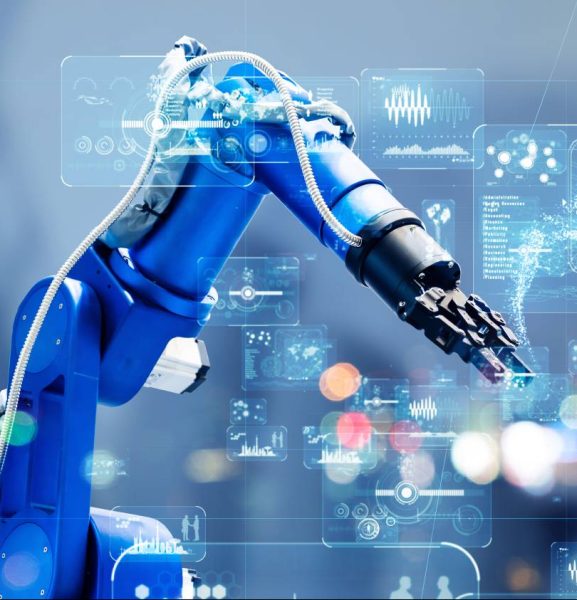
Major global elections, volatile financial markets, extreme weather events, and sophisticated and costly cyberattacks are increasing operational risks across every industry. Generative AI (GenAI) is redefining how industries navigate this uncertainty and transforming potential risks into powerful opportunities. Organizations across industries are increasingly invested in GenAI – for instance, last














































